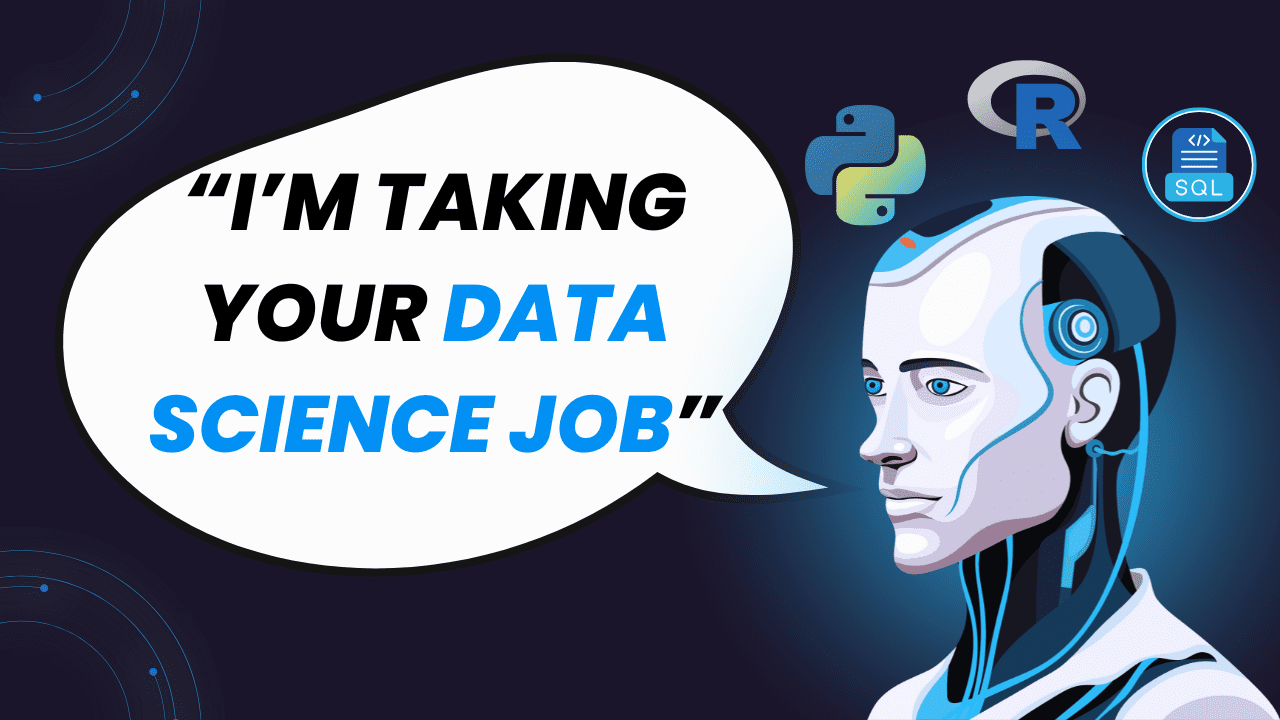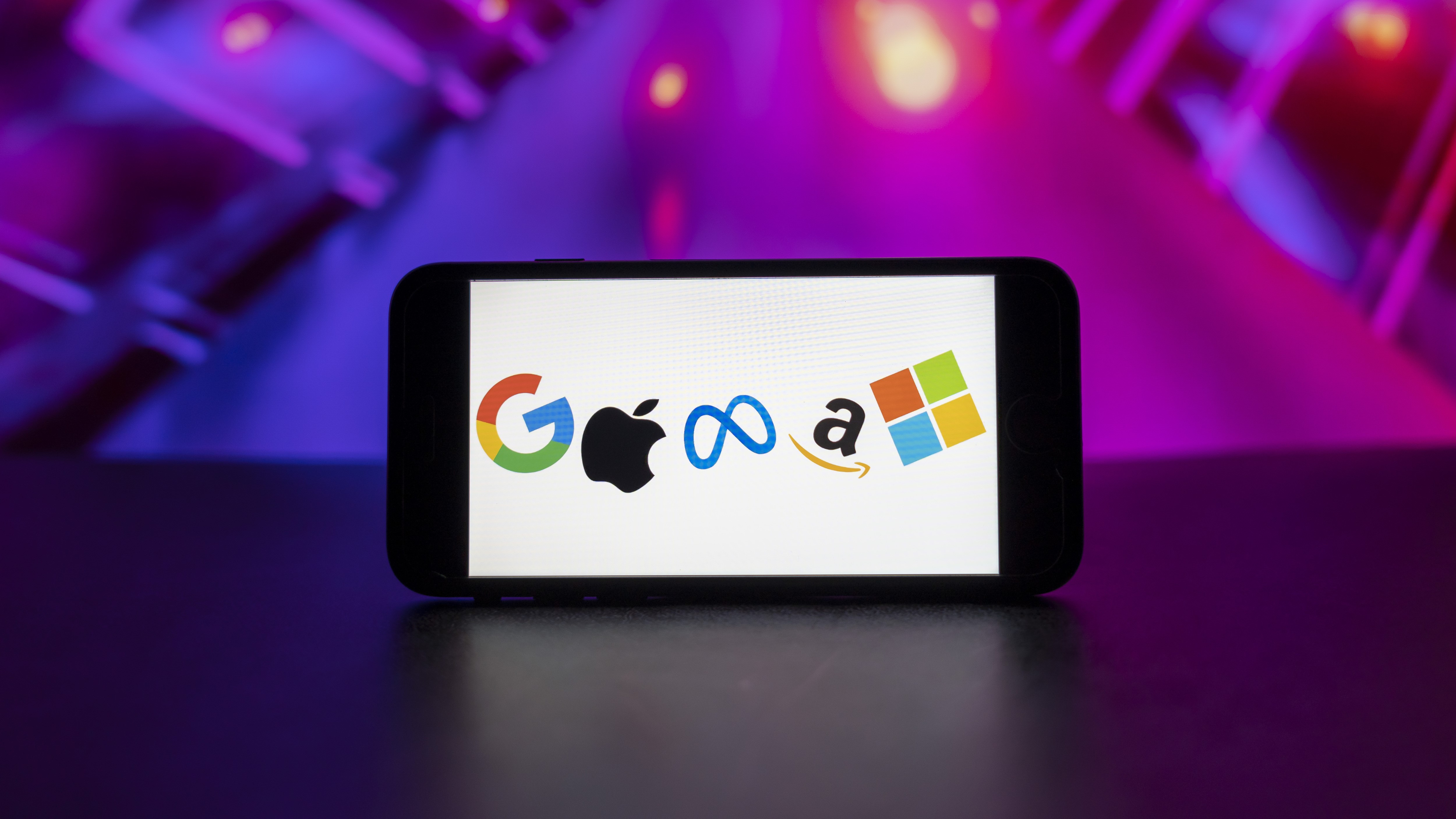What is Artificial Intelligence?
Introduction Artificial Intelligence (AI) is all around us. Whether it’s Netflix suggesting your next binge-worthy show, Google Maps optimizing your route, or Siri answering your questions, AI is at work. But what is AI, really? How does it learn and make decisions? And why should C# developers care about integrating AI into their projects? In this article, we’ll break down AI into simple, digestible pieces, using real-life examples to illustrate its concepts. By the end, you’ll see not only how AI works but also how you can start leveraging it in your C# applications. What is AI? At its core, AI is about enabling machines to mimic human intelligence. It allows computers to process data, recognize patterns, and make decisions. Think of AI as the brain behind smart systems. Real-Life Example: When you type a search query like "best pizza places near me," Google uses AI to understand your intent, analyze millions of data points, and show the most relevant results—all within seconds. Types of AI Narrow AI: Focused on performing one task extremely well. Example: Spotify recommending songs based on your listening habits. General AI: A hypothetical system that can perform any intellectual task a human can do. Example: A robot that can write a book, cook dinner, and give financial advice (still a dream for now). Super AI: A theoretical AI smarter than humans. It’s often the subject of sci-fi movies like Ex Machina or Terminator. Key Concepts in AI To understand AI better, let’s look at its building blocks. 1. Machine Learning (ML): This is where machines learn patterns from data and improve over time without being explicitly programmed. Example: A spam filter learning to recognize junk emails based on user feedback. 2. Deep Learning (DL): A subset of ML, deep learning uses neural networks to mimic how the human brain works. Example: Self-driving cars using deep learning to identify pedestrians, traffic signs, and other vehicles. 3. Natural Language Processing (NLP): This is what enables computers to understand and generate human language. Example: ChatGPT responding to your questions, or Grammarly helping you write error-free emails. 4. Computer Vision: The ability of machines to interpret and process visual data. Example: Facebook’s face detection when tagging friends in photos. Why Should C# Developers Care About AI? As a C# developer, you might wonder, "Where does AI fit into my world?" The answer: everywhere. The .NET ecosystem provides robust tools like ML.NET and Azure Cognitive Services to help you easily integrate AI into your projects. Relatable Use Cases for C# Developers: Banking Applications: Use AI for fraud detection by analyzing unusual transaction patterns. Example: An alert system that flags a $5,000 withdrawal from a location outside the user’s country. E-Commerce Platforms: Build a recommendation engine that suggests products based on past purchases. Example: If a customer buys a smartphone, recommend accessories like cases or screen protectors. Customer Support Tools: Create a chatbot using NLP to handle common queries. Example: A chatbot that guides users through resetting their account passwords. Challenges in AI While AI has enormous potential, it’s not without hurdles. Data Dependency: AI models need large amounts of high-quality data to perform well. Example: A weather prediction AI is only as good as the historical weather data it has access to. Bias and Ethics: Algorithms can unintentionally reflect biases present in the training data. Example: An AI hiring tool that favors male candidates because the training data was skewed. Complexity: Building AI models can be challenging without the right expertise or tools. However, libraries like ML.NET simplify this for C# developers. How to Start Building AI-Powered Applications in C# Here’s a step-by-step plan to help you dive into AI: 1. Start Small with Prebuilt Models: Use APIs like Azure Cognitive Services to integrate AI into your application without building models from scratch. Example: Adding a facial recognition feature to a security app. 2. Experiment with ML.NET: ML.NET is a free, open-source framework for building custom machine learning models in C#. Example: Train a model to predict customer churn by analyzing past behavior. 3. Build a Simple Chatbot: Leverage APIs like OpenAI to create a chatbot for your application. Example: A virtual assistant that answers FAQs for your banking app. The Future of AI The possibilities of AI are limitless, and advancements in areas like Explainable AI (XAI) and Federated Learning promise to make AI systems more transparent and privacy-friendly. Exciting Future Trends: AI systems that can explain their decisions. Decentralized AI models that preserve user privacy. Advanced conversational agents capable of handling complex interactions Closing Thoughts Artificial Intelligence is transforming how software is developed and used. As a C# developer, the

Introduction
Artificial Intelligence (AI) is all around us. Whether it’s Netflix suggesting your next binge-worthy show, Google Maps optimizing your route, or Siri answering your questions, AI is at work. But what is AI, really? How does it learn and make decisions? And why should C# developers care about integrating AI into their projects?
In this article, we’ll break down AI into simple, digestible pieces, using real-life examples to illustrate its concepts. By the end, you’ll see not only how AI works but also how you can start leveraging it in your C# applications.
What is AI?
At its core, AI is about enabling machines to mimic human intelligence. It allows computers to process data, recognize patterns, and make decisions. Think of AI as the brain behind smart systems.
Real-Life Example:
When you type a search query like "best pizza places near me," Google uses AI to understand your intent, analyze millions of data points, and show the most relevant results—all within seconds.
Types of AI
Narrow AI:
Focused on performing one task extremely well.
Example: Spotify recommending songs based on your listening habits.General AI:
A hypothetical system that can perform any intellectual task a human can do.
Example: A robot that can write a book, cook dinner, and give financial advice (still a dream for now).Super AI:
A theoretical AI smarter than humans. It’s often the subject of sci-fi movies like Ex Machina or Terminator.
Key Concepts in AI
To understand AI better, let’s look at its building blocks.
1. Machine Learning (ML):
This is where machines learn patterns from data and improve over time without being explicitly programmed.
Example: A spam filter learning to recognize junk emails based on user feedback.
2. Deep Learning (DL):
A subset of ML, deep learning uses neural networks to mimic how the human brain works.
Example: Self-driving cars using deep learning to identify pedestrians, traffic signs, and other vehicles.
3. Natural Language Processing (NLP):
This is what enables computers to understand and generate human language.
Example: ChatGPT responding to your questions, or Grammarly helping you write error-free emails.
4. Computer Vision:
The ability of machines to interpret and process visual data.
Example: Facebook’s face detection when tagging friends in photos.
Why Should C# Developers Care About AI?
As a C# developer, you might wonder, "Where does AI fit into my world?" The answer: everywhere. The .NET ecosystem provides robust tools like ML.NET and Azure Cognitive Services to help you easily integrate AI into your projects.
Relatable Use Cases for C# Developers:
Banking Applications:
Use AI for fraud detection by analyzing unusual transaction patterns.
Example: An alert system that flags a $5,000 withdrawal from a location outside the user’s country.E-Commerce Platforms:
Build a recommendation engine that suggests products based on past purchases.
Example: If a customer buys a smartphone, recommend accessories like cases or screen protectors.Customer Support Tools:
Create a chatbot using NLP to handle common queries.
Example: A chatbot that guides users through resetting their account passwords.
Challenges in AI
While AI has enormous potential, it’s not without hurdles.
Data Dependency:
AI models need large amounts of high-quality data to perform well.
Example: A weather prediction AI is only as good as the historical weather data it has access to.Bias and Ethics:
Algorithms can unintentionally reflect biases present in the training data.
Example: An AI hiring tool that favors male candidates because the training data was skewed.Complexity:
Building AI models can be challenging without the right expertise or tools. However, libraries like ML.NET simplify this for C# developers.
How to Start Building AI-Powered Applications in C#
Here’s a step-by-step plan to help you dive into AI:
1. Start Small with Prebuilt Models:
Use APIs like Azure Cognitive Services to integrate AI into your application without building models from scratch.
Example: Adding a facial recognition feature to a security app.
2. Experiment with ML.NET:
ML.NET is a free, open-source framework for building custom machine learning models in C#.
Example: Train a model to predict customer churn by analyzing past behavior.
3. Build a Simple Chatbot:
Leverage APIs like OpenAI to create a chatbot for your application.
Example: A virtual assistant that answers FAQs for your banking app.
The Future of AI
The possibilities of AI are limitless, and advancements in areas like Explainable AI (XAI) and Federated Learning promise to make AI systems more transparent and privacy-friendly.
Exciting Future Trends:
AI systems that can explain their decisions.
Decentralized AI models that preserve user privacy.
Advanced conversational agents capable of handling complex interactions
Closing Thoughts
Artificial Intelligence is transforming how software is developed and used. As a C# developer, the tools to integrate AI into your applications are within your reach. Whether you’re creating chatbots, fraud detection systems, or recommendation engines, AI can unlock new levels of functionality and user experience.
In the next article, we’ll dive into Large Language Models (LLMs): what they are, how they work, and how you can leverage them in your C# projects.
Stay tuned!
Pro Tip:
What excites you the most about AI? Let’s discuss in the comments below. If you’re new to AI or curious about integrating it into your C# projects, feel free to ask questions!
LinkedIn Account : LinkedIn
Twitter Account: Twitter
Credit: Graphics sourced from SRIMAX




















